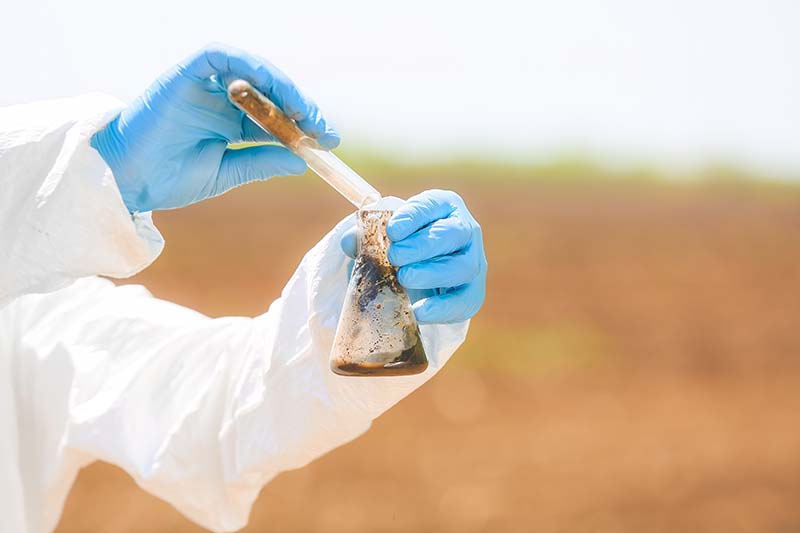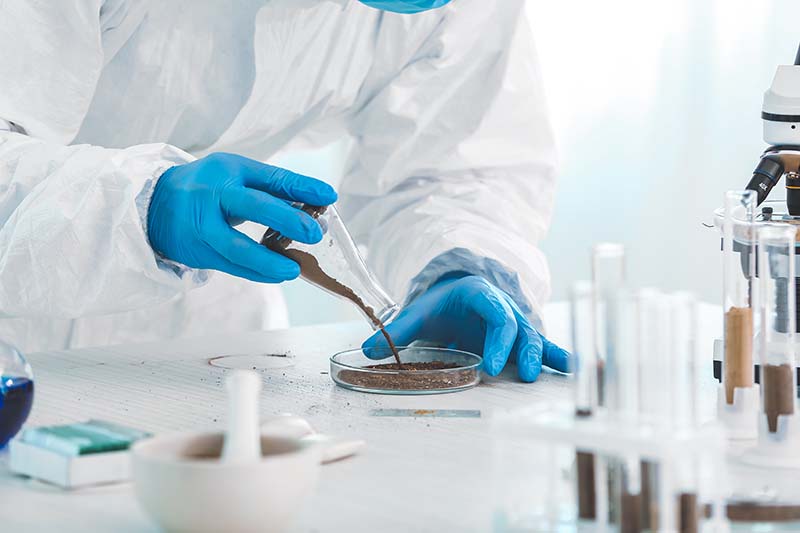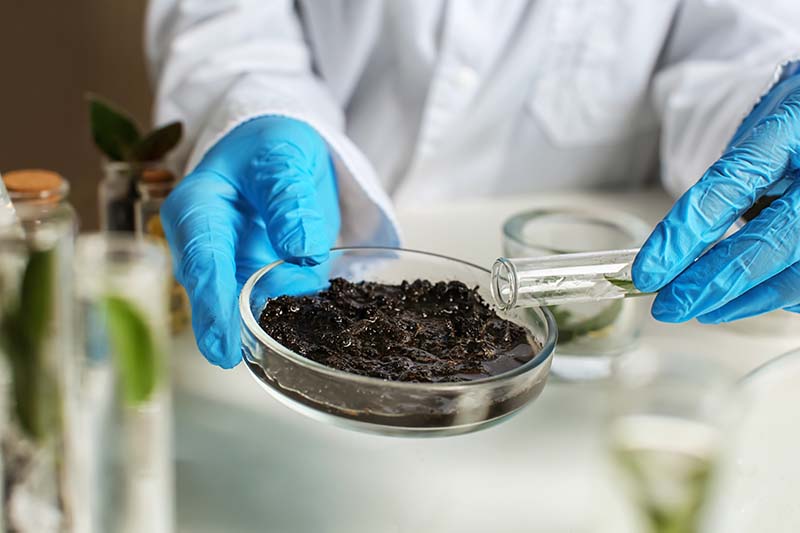Our technology has been designed mainly for on-site use but, with a correct planning, it can be assembled in larger plants obtaining excellent economies of scale.
Based on the level of soil contamination we will choose to carry out soil washing or to opt for soil remediation.
Our soil washing system (washing the soil with water and chemicals) is used for less serious cases or if we need to reclaim the water from aqueducts or to perform water captation in compromised sites. We use controlled cavitation by adding, or not, chemicals; treating only water, the chemical used could be ozone taken directly from the air; we also apply the irradiation of the liquid using UV.
Our soil remediation system (complete removal of pollutants in particularly compromised sites such as, for example, in the presence of dispersed and fragmented asbestos) is reserved for the most extreme cases. By combining controlled cavitation, gasification and plasma torch we are able to completely eliminate pollutants. The system can sustain itself energetically.
I would like to point out that our systems, although modular, are conceived and structured as a complete line capable of treating a specific amount of soil.
Therefore, to increase the nominal capacity, it will be sufficient to place other systems alongside the first system until the desired treatment capacity is reached.
Most of our specialists and technicians come from the Oil & Gas sector and, therefore, has been taught to everyone of them, since the early beginning, that any spillage in the soil must be avoided. This is not only for obvious environmental problems but also to avoid costly and annoying protests by environmental movements.
The first sector with which we ventured, in addition of course to the one of origin, was that related to mining.
Subsequently, thanks to in-depth studies that led us to file numerous patents in rapid succession, it was the turn of asbestos: widespread all over the world, sometimes still used, it is the primary cause of tumors in humans but we have understood not only how to defeat its pernicious fibers but, above all, how to break it down into the raw materials contained in it, thus transforming it from a hard solving problem into something that is worth disposing of because it lets makes money for those who do it.
Finally, we have begun to apply our patents and our machinery to all the problems of “soil washing” as the progress, in reality, is a friend of nature and, often, can solve the damage caused by previous technologies.



















